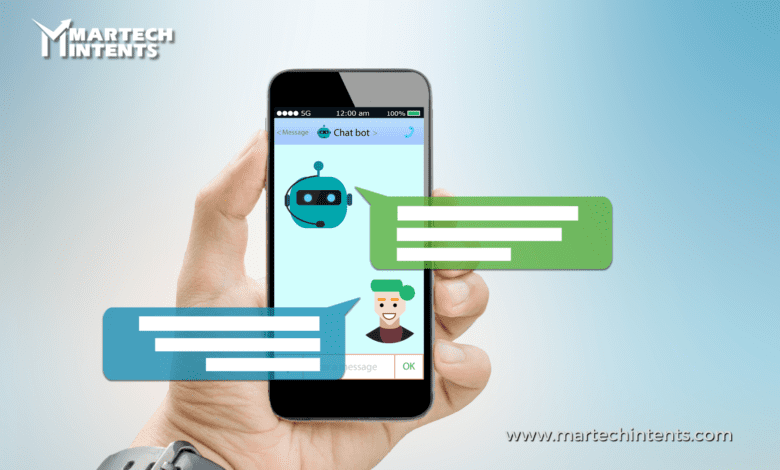The Rise of Chatbots in Marketing: Conversational Commerce

Chatbots in Marketing: In the ever-evolving world of technology, businesses are constantly seeking innovative ways to connect with their customers and enhance their overall marketing strategies.
Chatbots, powered by artificial intelligence (AI), have emerged as a powerful tool that can revolutionize customer interactions and drive marketing success.
Understanding the Role of Chatbots in Marketing
Chatbots are virtual assistants that can engage in real-time conversations with customers through text-based or voice interfaces. They are typically integrated into websites, messaging apps, and social media platforms, providing 24/7 availability and instant customer support. Chatbots can handle a wide range of tasks, including:
Answering frequently asked questions (FAQs): Chatbots can provide quick and accurate answers to common customer inquiries, reducing the burden on customer service teams.
Providing product information and recommendations: Chatbots can guide customers through product options, offer personalized recommendations, and assist with purchase decisions.
Processing orders and managing transactions: Chatbots can facilitate the ordering process, collect payment information, and track order status, streamlining the customer experience.
Resolving customer issues and complaints: Chatbots can address customer concerns, provide troubleshooting assistance, and escalate issues to human agents when necessary.
Gathering customer feedback: Chatbots can collect valuable feedback from customers, helping businesses improve their products, services, and overall customer experience.
Benefits of Chatbots in Marketing
The adoption of chatbots in marketing offers a multitude of benefits:
Enhanced customer engagement: Chatbots provide a convenient and engaging way for customers to interact with businesses, fostering stronger customer relationships.
Improved customer support: Chatbots provide 24/7 support, handling routine inquiries and resolving issues promptly, enhancing customer satisfaction.
Reduced customer service costs: Chatbots automate many customer service tasks, reducing the workload on human agents and lowering costs.
Personalized customer experiences: Chatbots can gather customer information and preferences, enabling personalized interactions and tailored recommendations.
Valuable customer insights: Chatbot interactions provide a wealth of data about customer behavior, preferences, and pain points, which can be used to improve marketing strategies and product development.
Examples of Chatbots in Marketing Success
Many companies are successfully leveraging chatbots to enhance their marketing efforts:
Sephora: Sephora’s chatbot “Sephora Virtual Assistant” provides personalized product recommendations, beauty tutorials, and virtual consultations, enhancing the customer shopping experience.
Pizza Hut: Pizza Hut’s chatbot “Pizza Hut Bot” allows customers to order pizza, track their orders, and receive notifications, simplifying the ordering process and improving customer satisfaction.
H&M: H&M’s chatbot “H&M Assistant” provides style advice, product recommendations, and store information, enhancing the customer shopping experience.
KLM Royal Dutch Airlines: KLM’s chatbot “Blue Bot” provides flight information, answers questions, and resolves issues, offering 24/7 customer support.
eBay: eBay’s chatbot “ShopBot” helps customers find products, compare prices, and track orders, streamlining the shopping experience.
Learn more about AI In Marketing-Transforming the Landscape of Marketing
Conclusion: Chatbots in Marketing
Chatbots are not just a fleeting trend; they represent a fundamental shift in how businesses interact with their customers. As AI continues to evolve, chatbots will become even more sophisticated and capable, providing even more personalized, data-driven, and effective customer engagement. Businesses that embrace chatbots and integrate them into their marketing strategies will be well-positioned to succeed in the increasingly customer-centric and data-driven world of marketing.




